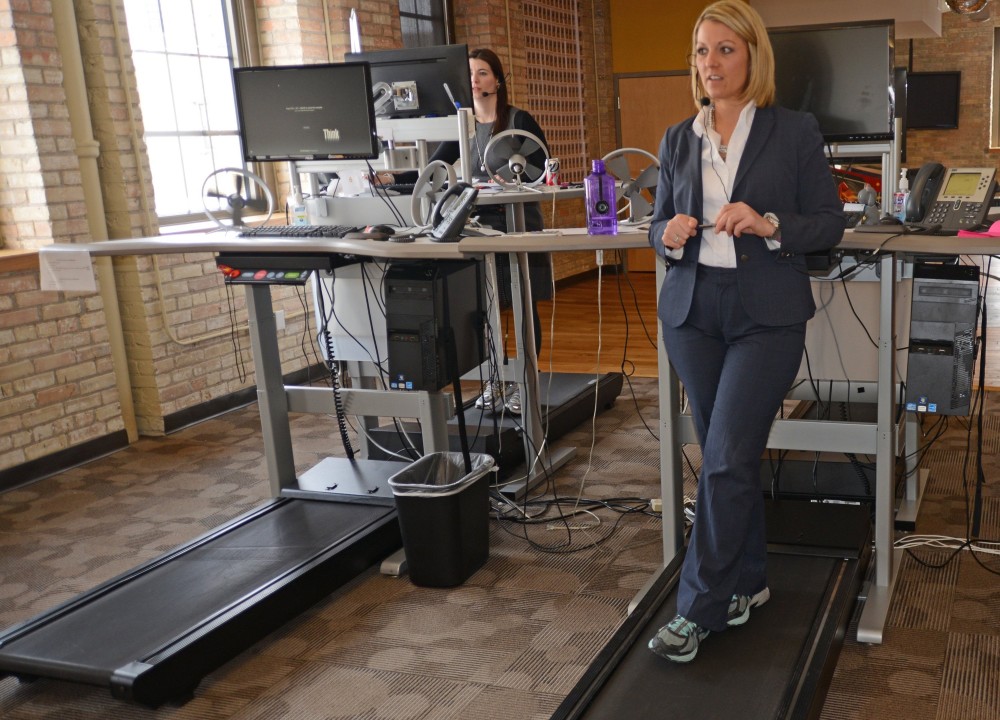By Mary Macvean
Los Angeles Times.
There’s a saying going around that sitting is the new smoking.
It’s a bit snarky and perhaps a none-too-subtle dig at those of us who spend a lot of time on our rear ends for work and pleasure.
But Dr. James Levine, who is credited with it, is dead serious.
In fact, he says, sitting could be worse than smoking.
What to do about it? “Get Up!” is the title of Levine’s new book, a jovial tale of how he came to the scientific conclusion that our chairs are killing us and what can be done to stop the threat.
We lose two hours of life for every hour we sit, writes Levine, director of the Mayo Clinic-Arizona State University Obesity Solutions Initiative and inventor of the treadmill desk. Sitting all day is not natural and to blame for all kinds of ailments, including obesity, he says.
“We have created for ourselves a modern way of living that clashes with the way we’re meant to be,” he writes.
So the obvious answer is to move more, by, for example, taking walks after meals, something Levine writes that he does after every meal.
“On one hand, the good news is that this is incredibly easy. The bad news is this is incredibly difficult,” especially for a computer-centric workforce, Levine said in a telephone interview.
Yet Levine is optimistic that the revolution to overthrow sitting is at hand.
He sees the arrival of dynamic offices, with walking paths from department to department, active senior centers and classrooms. And those will lead to healthier and happier people, he says.
“I think the revolution is coming. It’s going to happen. The cool companies, cool executives are not driving BMWs, they’re on treadmills. My kids won’t be working the way my colleagues and myself have,” he says.
“This is about hard-core productivity. You will make money if your workforce gets up and gets moving. Your kids will get better grades if they get up and get moving,” he says. “The science is not refuted.”
That was not always the case. As he tells it in the book, he was ridiculed by a number of colleagues when he first began talking about the dangers of sitting.
The science turns on the study of NEAT, or nonexercise activity thermogenesis, the energy expenditure of activity other than sports. It includes dancing, going to work, shoveling snow and taking a walk, Levine writes.
So you can imagine a construction worker uses a lot more NEAT calories than a computer programmer in the course of a workday.
“Low NEAT is linked to weight gain, diabetes, heart attacks and cancer,” Levine writes.
In an experiment in which people were overfed by the same amount, 1,000 calories a day, Levine and his colleagues found that some people had a “powerful NEAT switch” that gets them moving to use excess energy.
“Those people who do not have a NEAT switch remain sitting in response to overfeeding and are predisposed to obesity,” he writes.
The difference was two hours and 15 minutes a day of movement versus sitting. Levine and his colleagues did other studies over several years to look at how the brain controls movement – or lack of movement.
Levine puts the dangers simply: “Sitting is more dangerous than smoking, kills more people than HIV and is more treacherous than parachuting. We are sitting ourselves to death.”














































































































































































































































































































































































